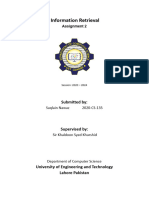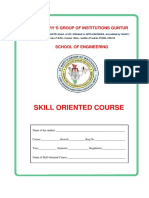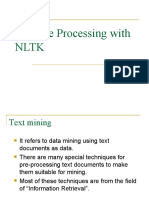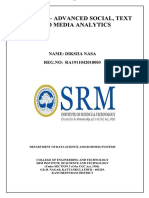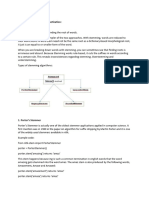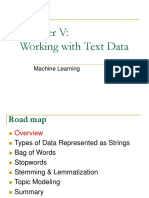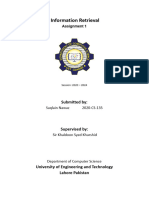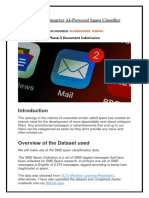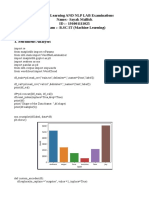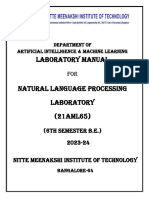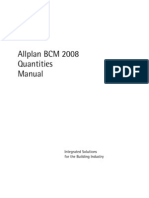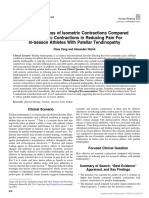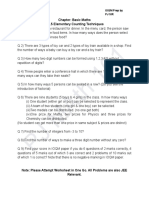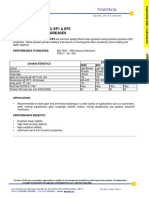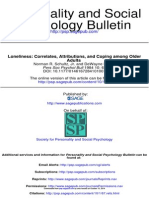0% found this document useful (0 votes)
15 views11 pagesDSBA+Master+Codebook+ +Text+Mining+&+TSF
The document serves as a codebook for Data Science, focusing on essential skills in mathematical/statistical understanding, coding, and domain knowledge. It covers key topics such as Text Mining and Time Series Forecasting, providing code examples and explanations for various techniques in Python. The document emphasizes the importance of preprocessing text data and offers guidance on implementing models like Exponential Smoothing and ARIMA for time series analysis.
Uploaded by
kapishaCopyright
© © All Rights Reserved
We take content rights seriously. If you suspect this is your content, claim it here.
Available Formats
Download as PDF, TXT or read online on Scribd
0% found this document useful (0 votes)
15 views11 pagesDSBA+Master+Codebook+ +Text+Mining+&+TSF
The document serves as a codebook for Data Science, focusing on essential skills in mathematical/statistical understanding, coding, and domain knowledge. It covers key topics such as Text Mining and Time Series Forecasting, providing code examples and explanations for various techniques in Python. The document emphasizes the importance of preprocessing text data and offers guidance on implementing models like Exponential Smoothing and ARIMA for time series analysis.
Uploaded by
kapishaCopyright
© © All Rights Reserved
We take content rights seriously. If you suspect this is your content, claim it here.
Available Formats
Download as PDF, TXT or read online on Scribd
/ 11






